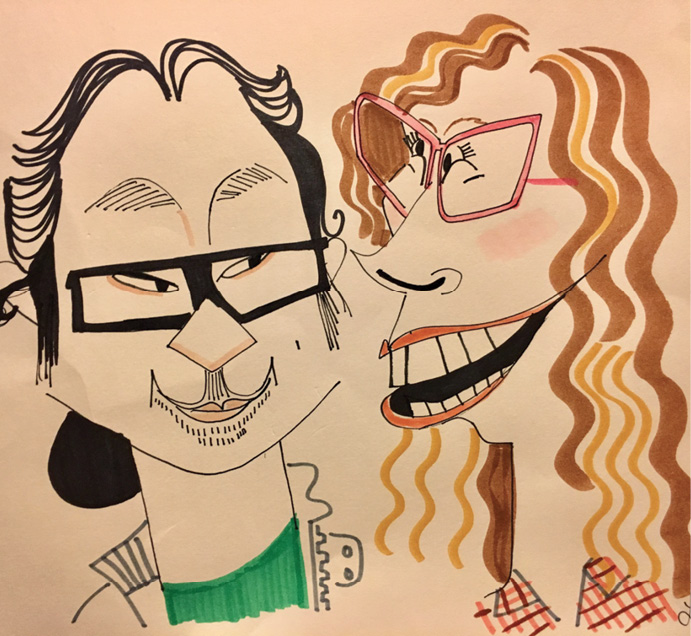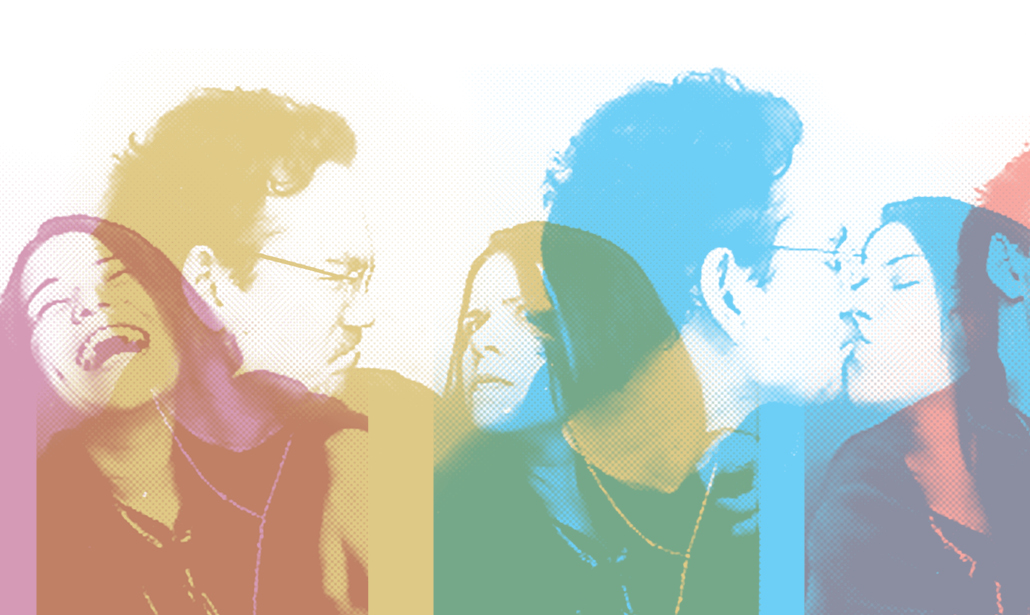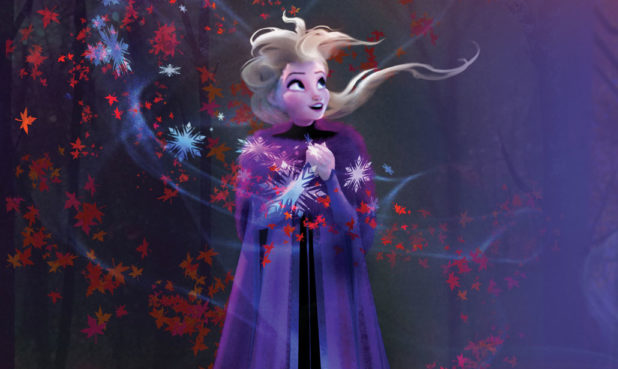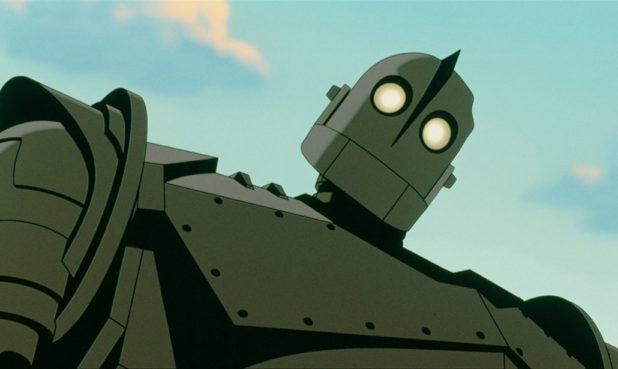For most, the animation industry isn’t a 9-to-5 job. Indeed, it often requires unusual schedules and long hours, especially while on deadline. So it makes perfect sense that many people socialize with fellow artists and, for some, it goes even a step further sharing the same career with their spouses. But for these industry couples, striking the right balance between work life and home life can be tricky, acknowledging both the benefits and the challenges of working in the same field.
“I see more benefits than detriments,” says Tom King, a story artist on Secret Life of Pets 2 at Illumination Entertainment. His wife is Jeanette Moreno King, a storyboard revisionist on Disenchanted at Rough Draft Studios. The college sweethearts met at the University of Texas, Austin while working on the school newspaper as cartoonists. After cutting their teeth professionally at a local studio that did pick-up work for animated features such as The King of Egypt and Quest for Camelot, they packed up their truck and headed for L.A.
Within four months, King landed a job working at Rough Draft on the first season of Futurama. Moreno King got hired shortly thereafter, and though for the most part the two enjoyed working at the same studio, occasionally some tension bubbled to the surface.
“He would look over and try to help, but when you’re doing this kind of thing you have to figure it out your own way unless someone’s your direct supervisor. It added a little bit of tension,” says Moreno King.
She notes that in order to succeed in this industry, especially as a woman, you have to be motivated and competitive but it’s important to check that impulse when it comes to your significant other. “You do hope to do as well as your spouse but it shouldn’t matter because we’re a team,” she says.
Other couples also struggle with this delicate balance, including Disney TV designer Molly Ostertag and her partner, Noelle Stevenson, a showrunner on DreamWorks TV’s She-Ra reboot. The two met seven years ago while promoting their web comics.
“We try to be very honest and communicative in our relationship if one of us is feeling insecure or even jealous,” says Stevenson. “It’s not a trait necessarily I like about myself that I can be competitive.”
It was especially hard for Ostertag, a graphic novelist, when she moved to Los Angeles from New York about two years ago to pursue a career in animation.
“When you were just starting She-Ra and I was looking for a job and I was getting a little desperate because I didn’t know a lot of people, we talked about, ‘What if I wrote on She-Ra,” says Ostertag.
Though the idea was initially appealing, in the end the couple decided it was more important for them to be on equal footing. “I think our ambition is really important to both of us in our careers but it’s something that I want to be really sensitive about,” says Stevenson. “It is tricky to have an employee-employer relationship when you’re dating.”

However, not all couples have an issue with one working in a supervisory role. For a short time, DreamWorks TV designer Roger Oda worked with his wife, Valerie Fletcher, on American Dad! where she is a director. The two found the collaboration mutually beneficial.
“It was nice because we could give each other honest feedback that maybe we wouldn’t give or get from somebody else on the show, ” says Fletcher, who met Oda while both were studying character design at CalArts. Indeed, the two had almost a shorthand language, which came in handy when trying to express creative direction. “If we were talking about design, we had a common frame of reference,” she adds.
That being said, Oda credits part of their collaborative success to the fact that both were well established in the industry before working together and they don’t compete for the same job.
King also appreciates the opportunity to get feedback from his wife when he’s working: “It’s invaluable when I’m brainstorming and working at home to have someone who I can say, what do you think about this?”
Ostertag found Stevenson’s advice critical when navigating her first job, while Stevenson calls Ostertag, “her secret weapon.”
“I’ve heard some couples have a hard time because animation is not very steady. We both just accept that our work can be seasonal.”—Roger Oda
“I trust Molly’s narrative and visual sense so much,” she says. “You can just bounce ideas off of each other—it’s one of the biggest benefits of both of us being in the industry together.”
Understanding the nuances of the industry—unpredictable hours or hiatus—also overshadows most challenges.
“I’ve heard some couples have a hard time because animation is not very steady. We both just accept that our work can be seasonal,” says Oda, which is one reason the two prefer to work at separate companies. The 2007-2008 writer’s strike affected primetime television but not Oda’s show, so the couple could at least count on one income during that time.
King and Moreno King learned this lesson the hard way while both were working at the same studio. After 9/11, everything was put on hold and both lost their jobs simultaneously.
“It was after that I [said] there are two things we need to keep in mind – always have a buffer and we shouldn’t be working together at the same studio,” says Moreno King. “That was the last time we worked together.”
Working at different studios also affords more flexibility when it comes to family responsibilities, enjoying time off during hiatus and not contending with mutual deadlines. While sharing a love of art and story brings these couples closer together, they aren’t simply a personification of their careers.
Notes Stevenson: “Together we’re realizing that we’re a lot more than [our work]. We want so much more out of our lives; we want to be well-balanced human beings who are a loving couple and not just people who work all the time.”





